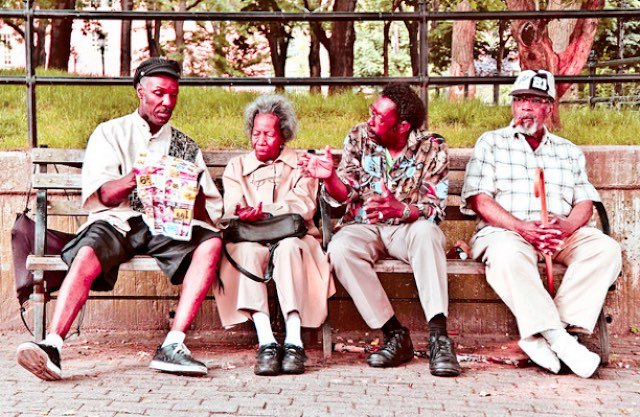NYC Life Expectancy Rises, But Racial And Wealth Disparities Remain
May 20, 2017, 1:12 p.m.
Overall, the life expectancy in New York is now 81.2 years of age

New York City's life expectancy is up compared to when it was studied ten years ago, according to a new report by the Department of Health, but the gains have not been spread evenly across racial and wealth lines. In addition, the city's teen birth and abortion rates have also dropped compared to the study from ten years ago as well.
The Health Department released their Summary of Vital Statistics for 2015 yesterday, which included the fact that overall life expectancy in the city is up to 81.2 years of age, a one and a half year increase compared to life expectancy in 2006. However, a closer look at the data shows that while Hispanic New Yorkers and non-Hispanic White New Yorkers have a life expectancy of 82.4 and 81.3 years of age respectively, Black New Yorkers have a life expectancy of 77.3 years of age. Life expectancy increased across all racial groups compared to 2006 though.
Wealth also played a factor in life expectancy, as seen in the difference between the highest life expectancy (85.9 years) in the Upper East Side and Murray Hill and the lowest (75.1 years) in Brownsville.
The number of New Yorkers who died a premature death (which the Health Department classifies as dying before age 65) dropped 18.9 percent compared to the 2006 Summary of Vital Statistics, down to 184.5 deaths per 100,000 people. And while the number of people who died those deaths dropped across all racial lines, wealth also played a factor in premature deaths according to the data. The rate of premature deaths in the city was 2.2 times higher in high-poverty neighborhoods as compared to low-poverty neighborhoods.
Teen birth and abortion rates have also sharply dropped across the city as well. Compared to 2006, the teen birth rate in New York dropped 46.8 percent, to 17.5 births per 1,000 people. Teens living in high-poverty neighborhoods were 4.6 times as likely to give birth compared to teens living in low-poverty neighborhoods. Teen abortion rates dropped 56.8 percent compared to 2006, down to 25.4 per 1,000 people.
"It's encouraging that New York City has experienced a significant increase in overall life expectancy and decline in the rates of premature death and teen pregnancies over the last decade," Manhattan Assembly Member and chair of the chamber's Health Committee Richard Gottfried said in a press release announcing the data. "But the persistent and troubling disparities in health outcomes by race and economic status point to the need for new administration initiatives to expand and improve health care services in poorer neighborhoods with a lower life expectancy."